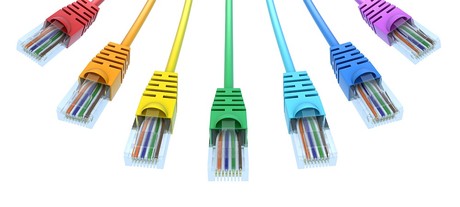SD-WAN's future in an MPLS world
By Nathan Hill, Head of SD-WAN Sales and Technical Consulting, Macquarie Telecom
Monday, 11 December, 2017

There’s been a lot of buzz in the SD-WAN space lately, with telcos of all shapes and sizes getting in on the action and launching SD-WAN services for their customers. The growing popularity and hype around it naturally makes us question what it means for the current technology, multiprotocol label switching — or MPLS, as it is better known.
The name might not resonate with everyone, but MPLS technology has been at the core of all networks in Australia for a long time, meaning it’s been essential to everything from internet connectivity to voice and video calls, emails and many more essential applications that businesses use daily.
MPLS forged the ability for businesses to centralise applications away from main branches into data centres of all shapes and sizes, and ensured that services such as VoIP could exist and provide better communication and real business benefits.
SD-WAN can now do all of that and more, without the need for dedicated — and often complicated — MPLS links. This speeds up the deployment procedure and pushes routing and other important networking decisions to an application level through never-before-seen smart and speedy software. Crucially, it improves visibility, automation and prioritisation of the types of data businesses support and use every day.
So, does this evolution in networking technology spell the end for MPLS, just as MPLS and Ethernet did for the likes of frame relay and E1/T1? The answer is: not really, or at least not yet.
While technology is changing faster than ever in today’s app-centred culture, businesses aren’t able to just ditch what they have and invest in every new technology that comes their way. MPLS may have more or less killed off its predecessors, but not overnight.
It’s also important to remember that MPLS is still a very relevant technology — Australia’s CBD, metro areas and data centres have access to fibre-abundant infrastructure. This availability of low-latency, high-quality links reduces the potential improvements SD-WAN can provide if there is less importance placed on the visibility and control of applications.
The flipside of this is remote locations, where SD-WAN will make its biggest impact in this early development stage. Many regions in Australia are still starved of fast and effective connectivity, severely hampering business development. SD-WAN can optimise any network, and this can go a long way to mitigating that disconnect without large upfront expenditure in network infrastructure.
We’re in a crossover or ‘hybrid networking’ state at the moment. SD-WAN will continue to grow and threaten MPLS for a long time, but the legacy technology will remain. So it’s important that providers offer solutions that enable businesses to use a mix of networking technologies that work for them and support the bottom line.
Network slicing: A tailored network solution for enterprise businesses
Network slicing empowers enterprise businesses to harness the full potential of 5G technology by...
Hybrid environments are here to stay: ensure your technology is ready
These days it seems like it is all about software — so much so that software's integral...
Next-gen wireless network for PCEC
Perth Convention and Exhibition Centre has selected Hewlett Packard Enterprise HPE Aruba...



